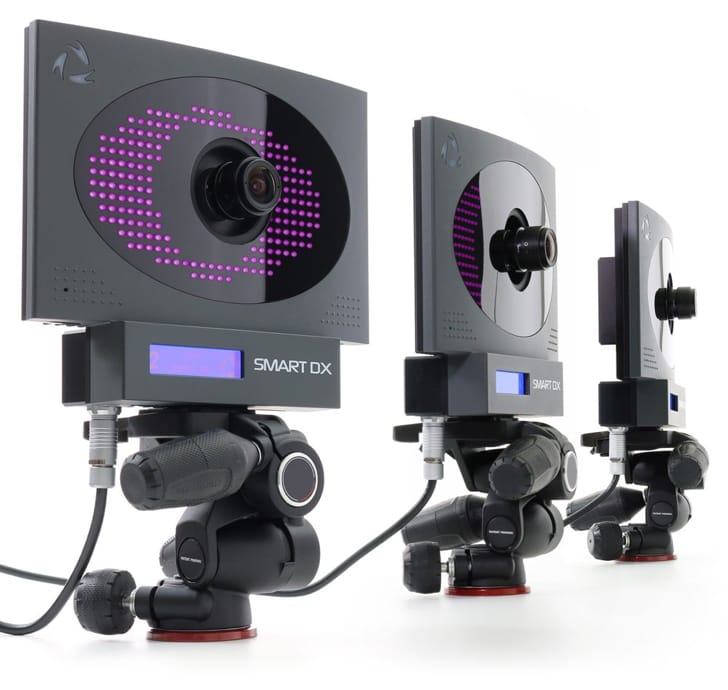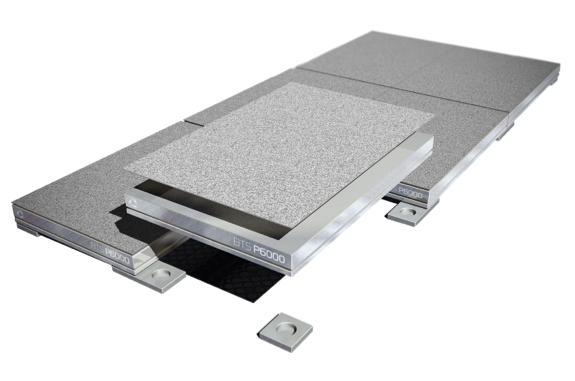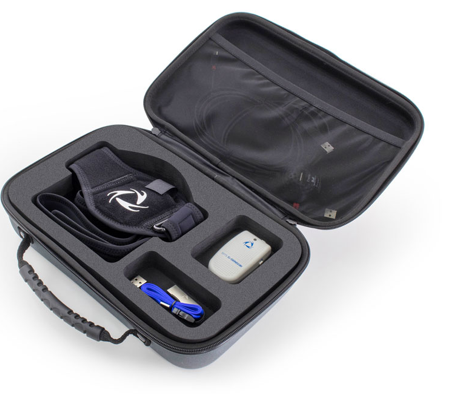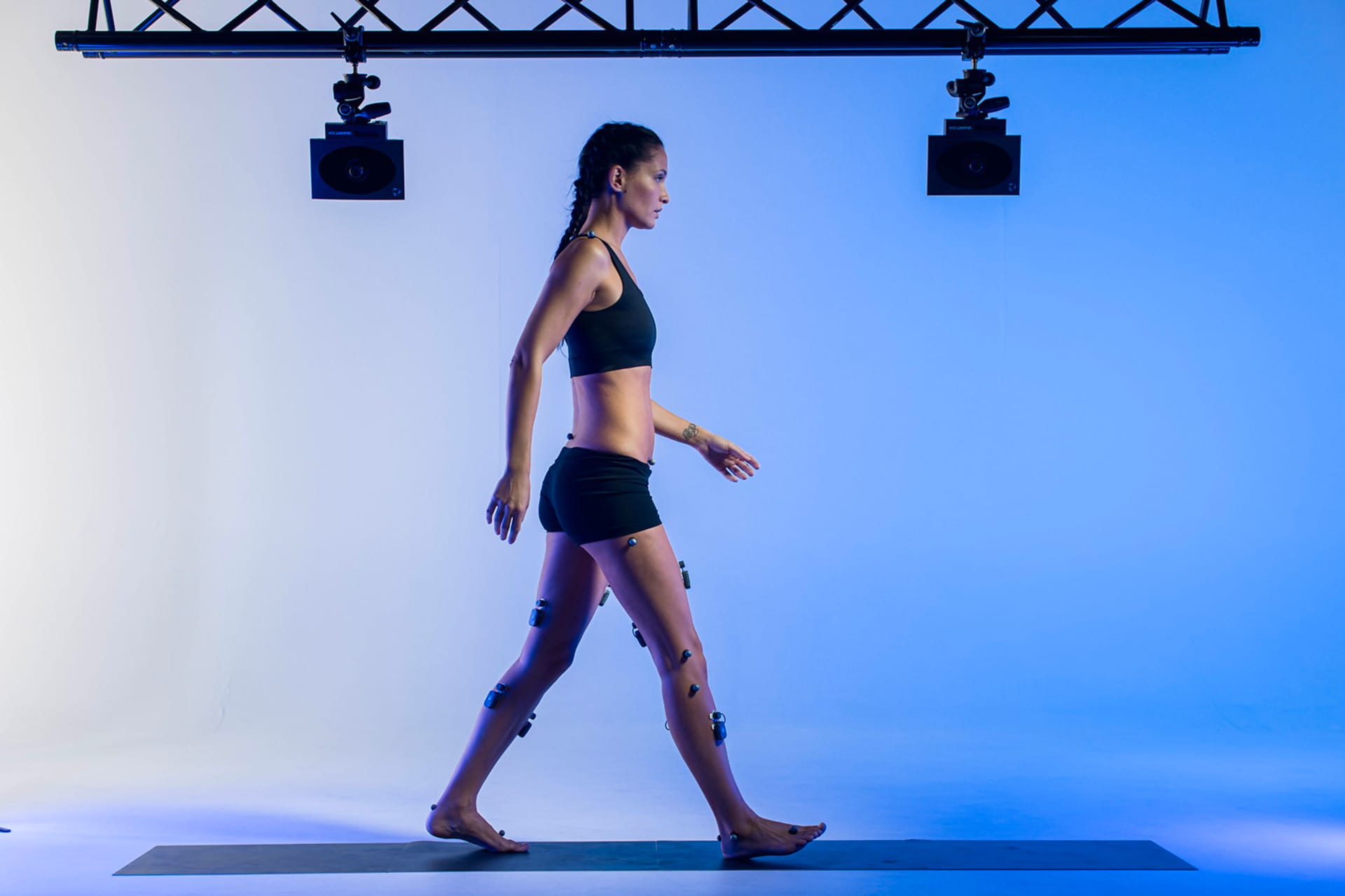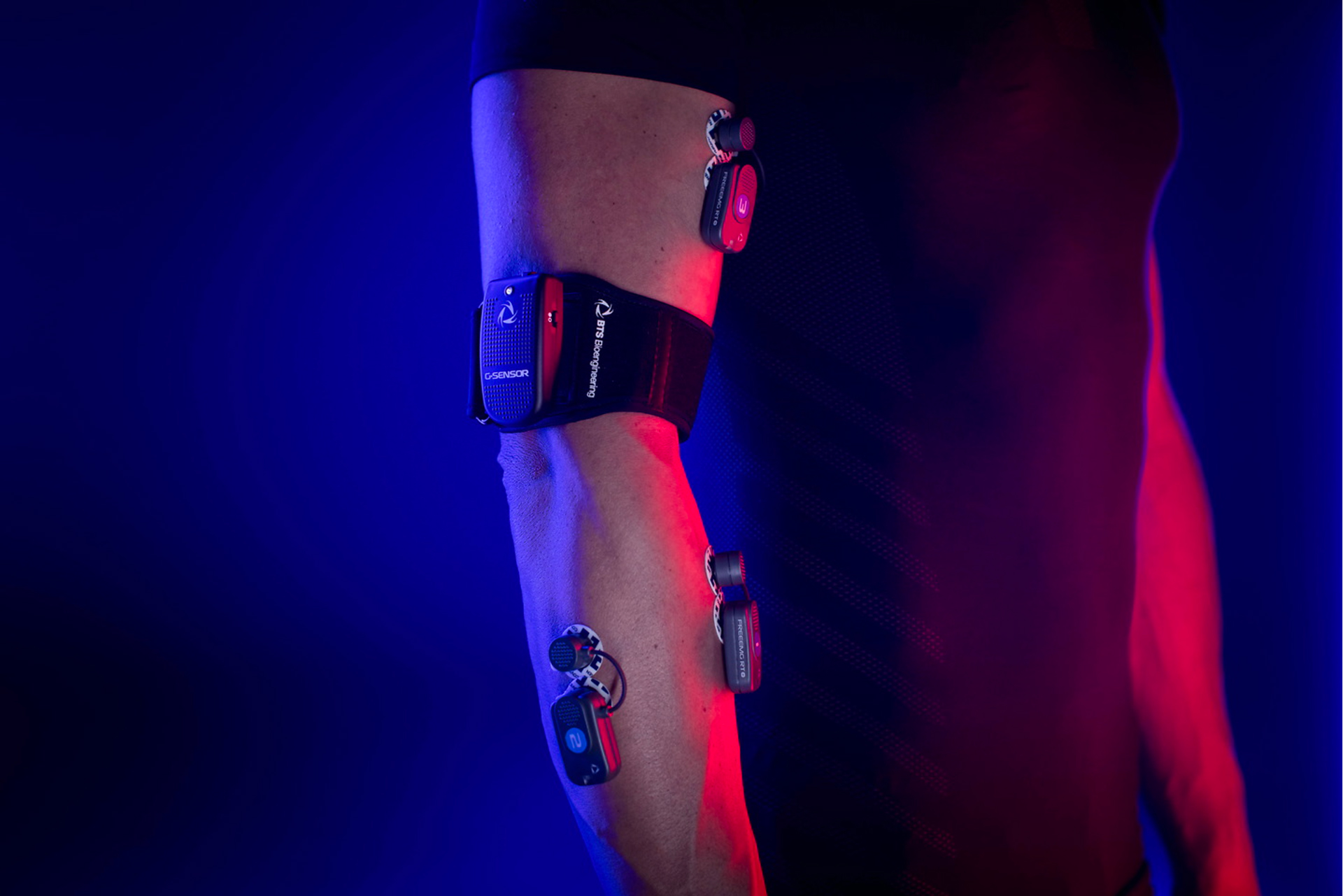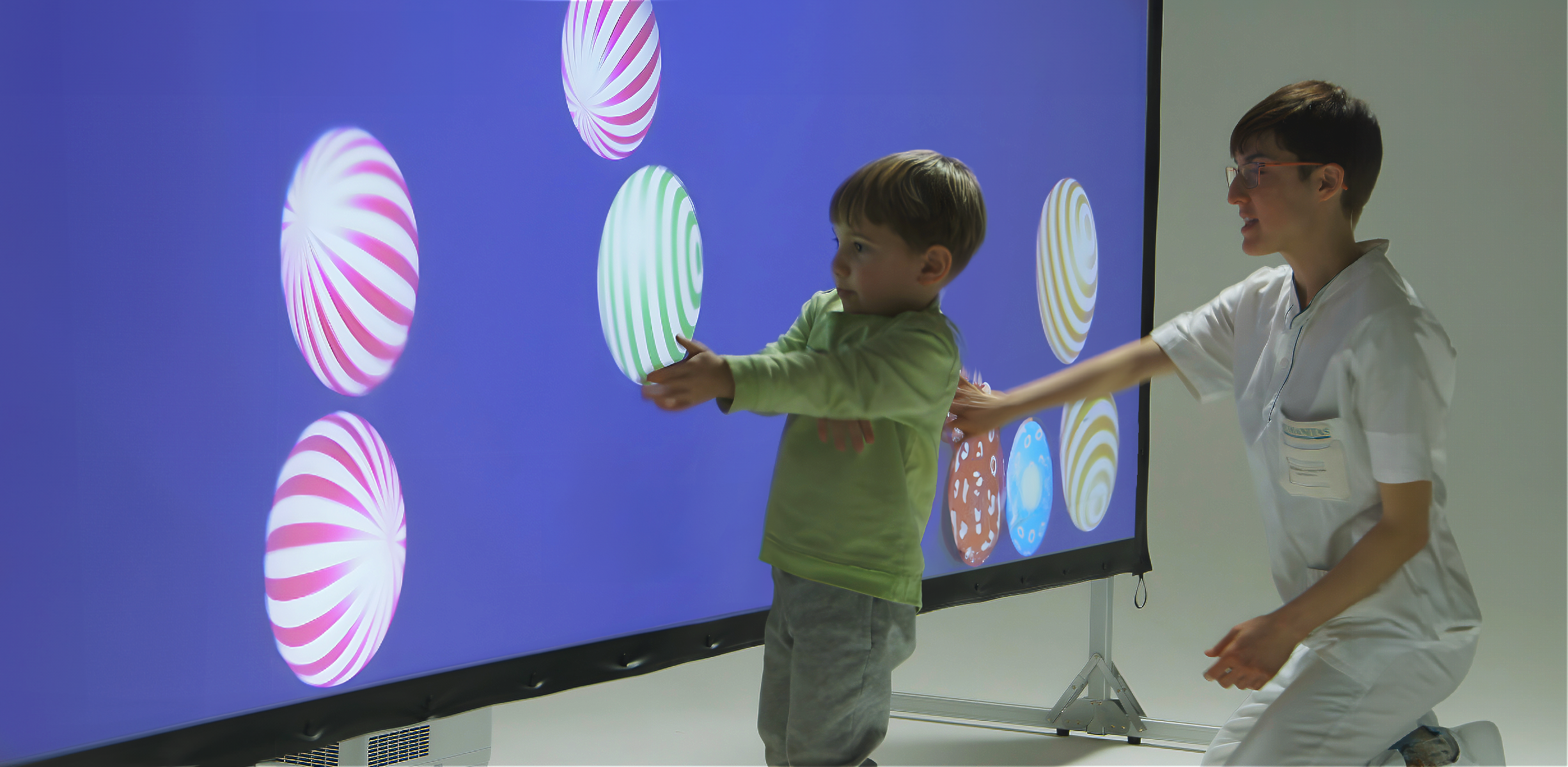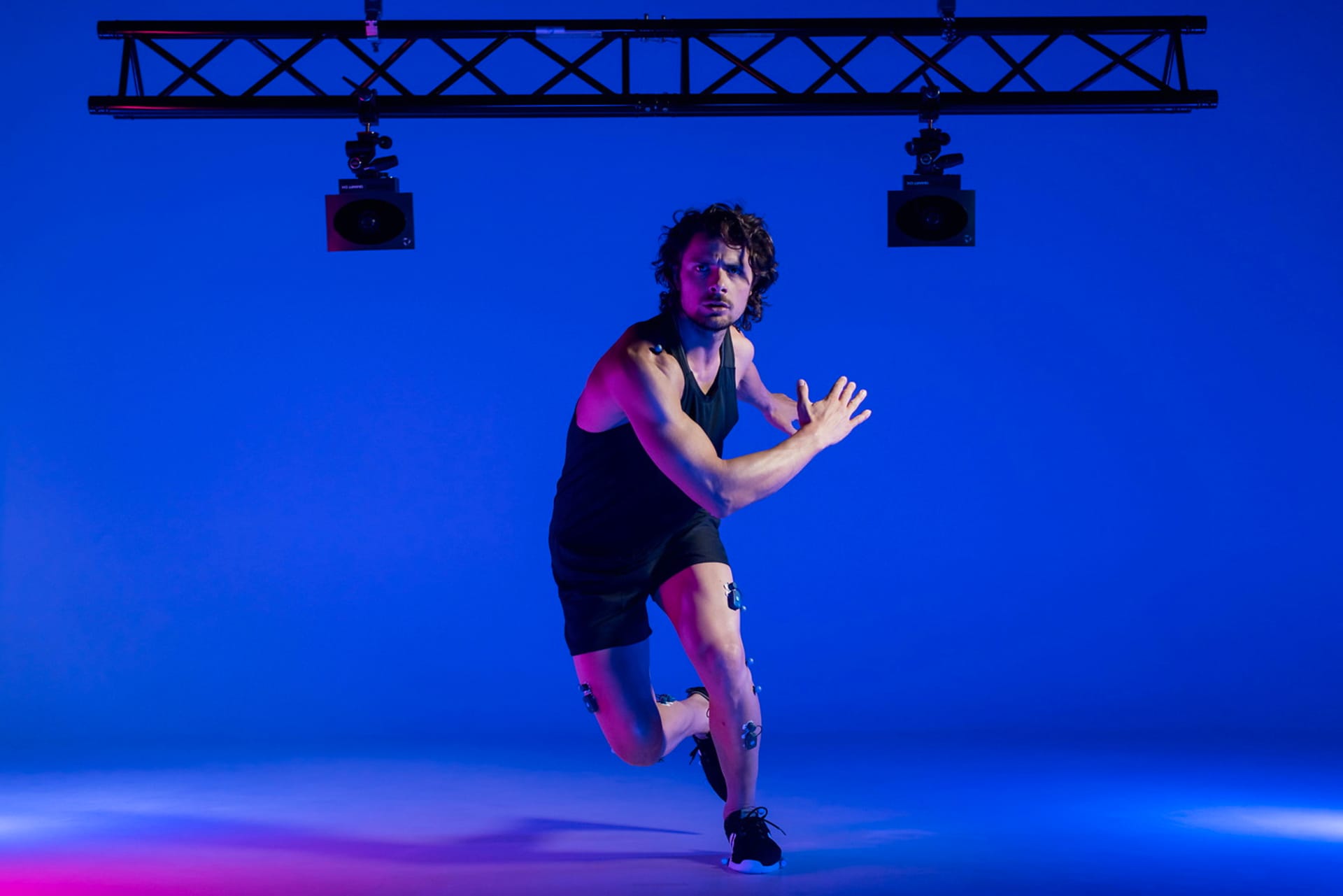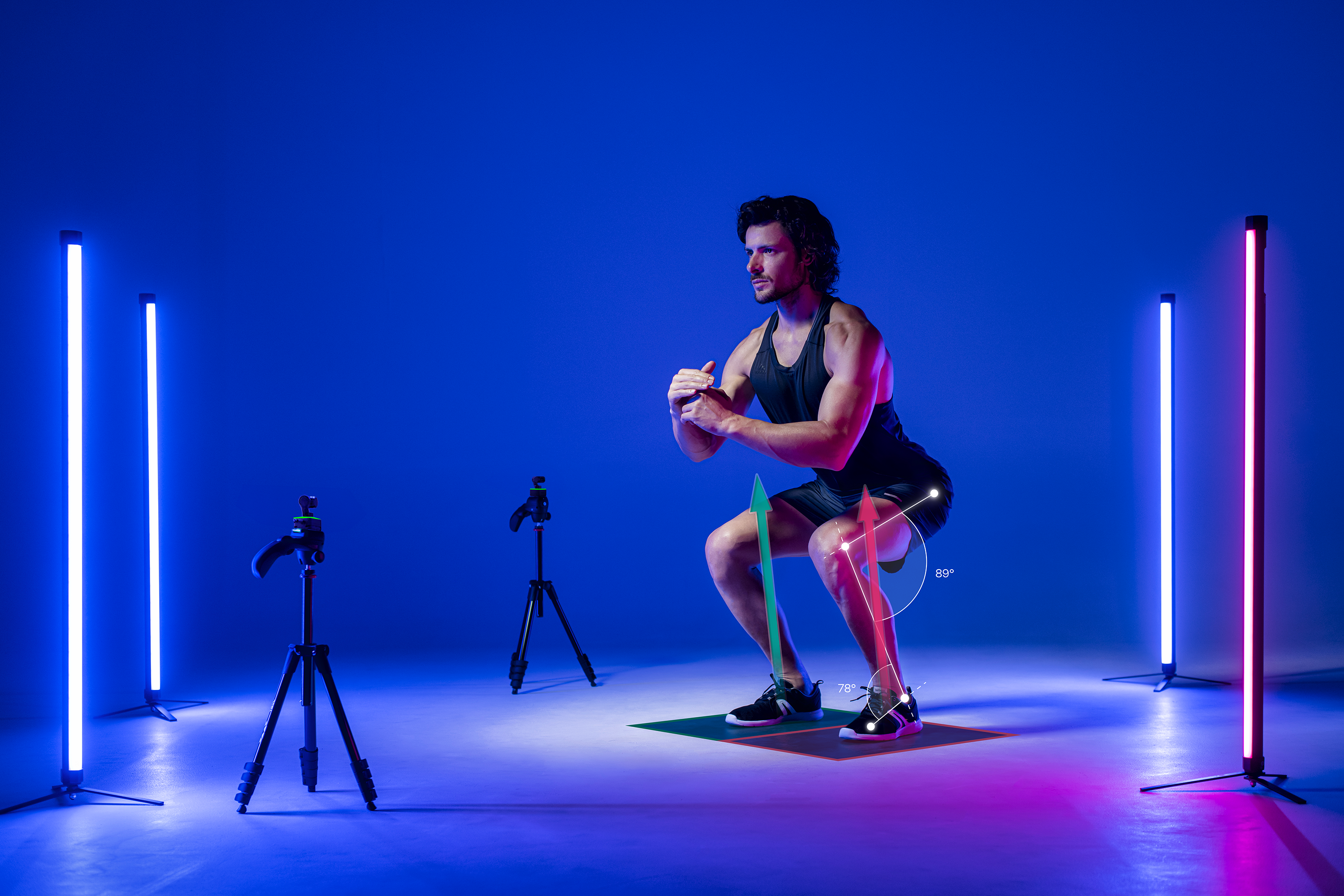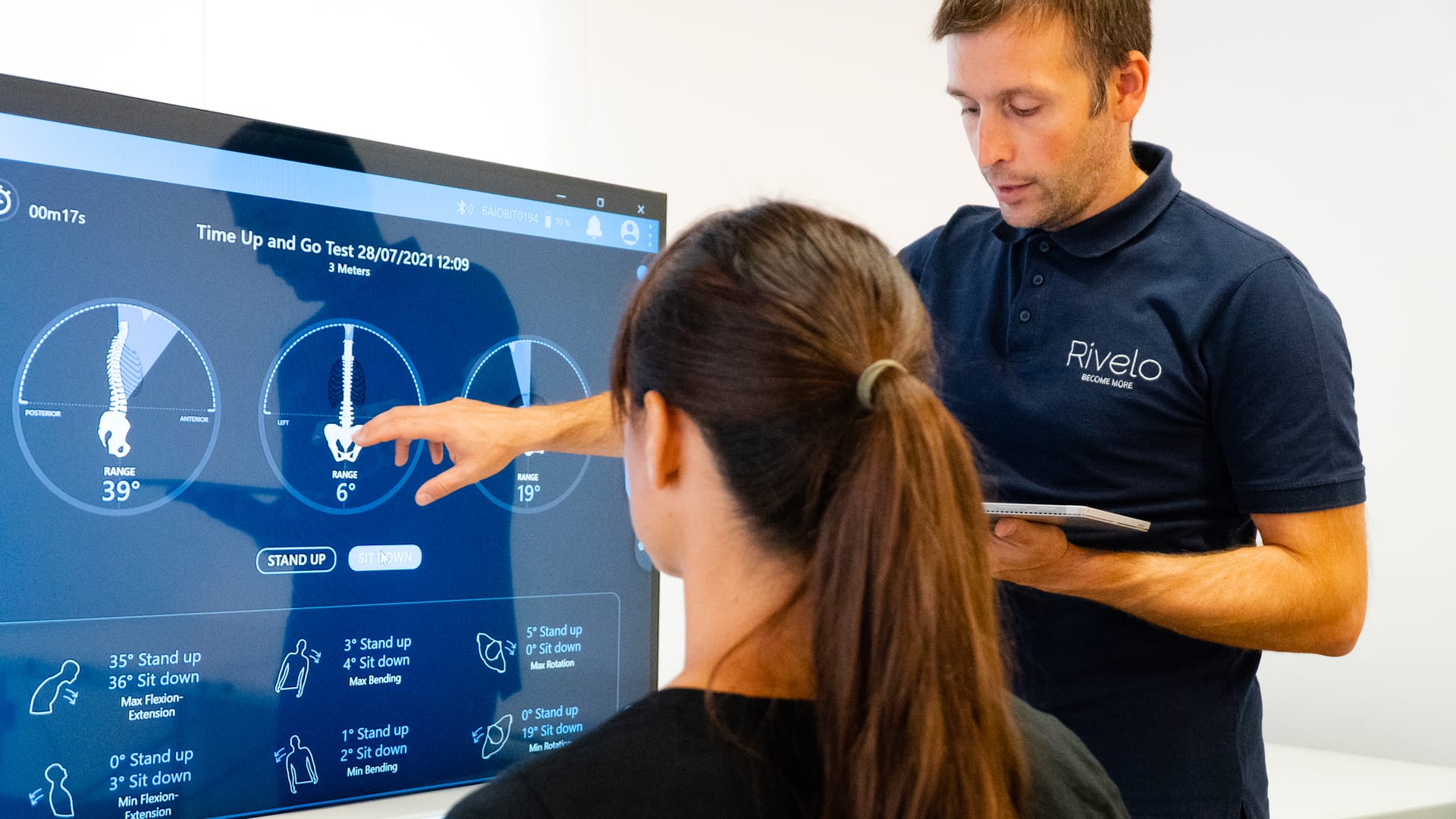Clinical assessment of gait and functional mobility in healthy elderly with cognitive decline (Mulas et al, 2020)

Author: Marta Francisca Corrà
Physiological decline in locomotion ability, particularly the quality and effectiveness of sensory input and loss of muscle strength [1-2], is an important aspect of aging. In fact, mobility is an essential co-factor affecting life expectancy and plays a key role in social participation and independence in daily life.
Gait in the elderly is generally characterized by a reduction in speed, stride length and cadence, as well as an increase in stance and double stance phase duration [3]. Together, all these features indicate the adoption of a more cautious gait, a necessary strategy to counteract the loss of stability and, thus, reduce fall risk [4].
Gait analysis has recently been considered one of the most studied motor tasks to describe the impact of cognitive performance on overall mobility, especially because of the ease and simplicity of execution with wearable health technology.
In light of this evidence, a recent study by Mulas et al. (2021) from the University of Cagliari described the relationship between cognitive and motor decline. The main objective of this study was to test the feasibility of wearable inertial sensors (IMUs) in a clinical setting for screening gait and functional mobility in the elderly. Specifically, the research team aimed to test the ability of IMUs to discriminate individuals with or without cognitive deficits and to assess the existence of possible significant correlations between cognition and mobility.
The study was conducted on 213 adults over the age of 65 who underwent cognitive assessment and an instrumental gait analysis. Participants were asked to walk along a 30-meter corridor, following a straight trajectory at a speed selected by themselves and as naturally as possible. For the instrumented TUG tests (iTUG), participants started from a sitting position, stood up, walked 3m, performed a 180° turn, and returned to the chair. Tests were performed using a miniaturized wearable inertial sensor (G-Sensor®, BTS Bioengineering S.p.A., Italy). The sensor was attached to the individual’s trunk via a semi-elastic belt in two different positions that corresponded approximately to the S1 vertebrae.
Subjects with cognitive impairment showed a peculiar gait pattern, characterized by a significant reduction in speed (-34% compared to healthy subjects), stride length (-28%), cadence (-9%), and an increase in double step duration (+11%). The worst performance in terms of functional mobility was observed in the presence of cognitive impairment, as TUG times were significantly higher than in healthy subjects, although with some differences associated with age.
Overall, these data suggest that IMUs can effectively describe changes in mobility associated with the presence of cognitive deficits: this type of gait tests seem to reveal a clear pattern of walking for individuals with cognitive deficits, regardless of age. The study also underlined that reduction in gait speed represents the most characteristic trait associated with cognitive decline.
In conclusion, data provided by these devices can be very useful not only to complement geriatric and neuropsychological assessment (and thus to gain a broader and more detailed view of the elderly person’s health status), but they can also help clinicians plan specific psychoeducational interventions for caregivers and families and design tailored rehabilitation programs.
The full version of the paper is available here:
Mulas, I., Putzu, V., Asoni, G., Viale, D., Mameli, I., & Pau, M. (2021). Clinical assessment of gait and functional mobility in Italian healthy and cognitively impaired older persons using wearable inertial sensors. Aging clinical and experimental research, 33(7), 1853–1864. https://doi.org/10.1007/s40520-020-01715-9
References
- Davis JC, Bryan S, Best JR et!al (2015) Mobility predicts change in older adults’ health-related quality of life: evidence from a Vancouver falls prevention prospective cohort study. Health Qual Life Out 13:101. https://doi.org/10.1186/s1295 5-015-0299-0
- Cohen JA, Verghese J, Zwerling JL (2016) Cognition and gait in older people. Maturitas 93:73–77. https://doi.org/10.1016/j.maturitas.2016.05.005
- Prince F, Corriveau H, Hébert R et! al (1997) Gait in the elderly. Gait Posture 5:128–135. https://doi.org/10.1016/S0966-6362(97)01118 -1
- Lindemann U (2020) Spatiotemporal gait analysis of older persons in clinical practice and research: which parameters are relevant Z Gerontol Geriatr 53:171–178. https ://doi.org/10.1007/s00391-019-01520 -8
